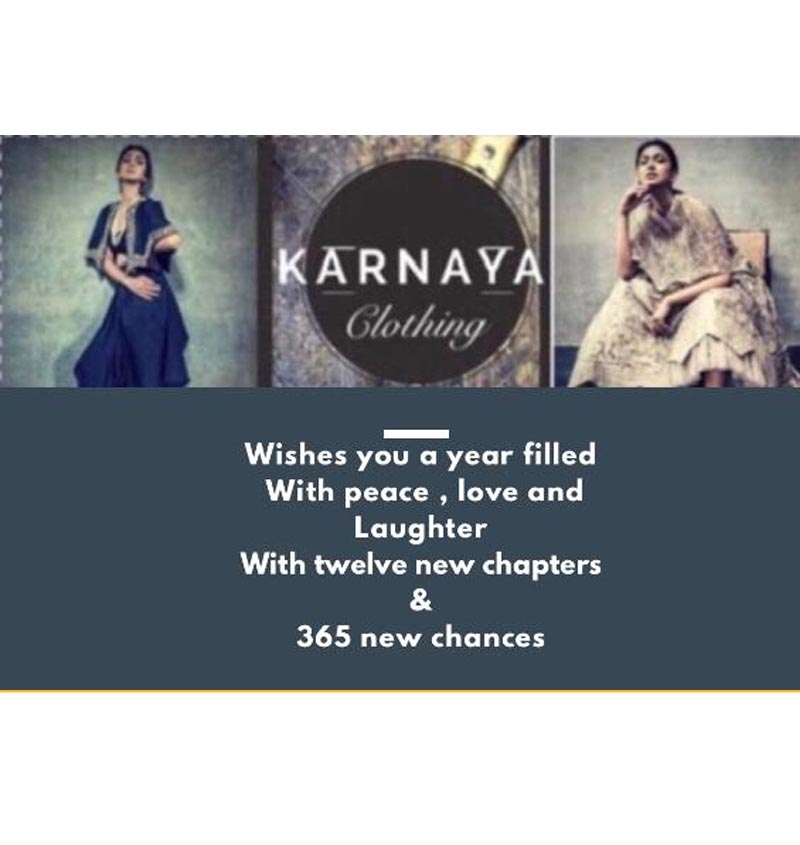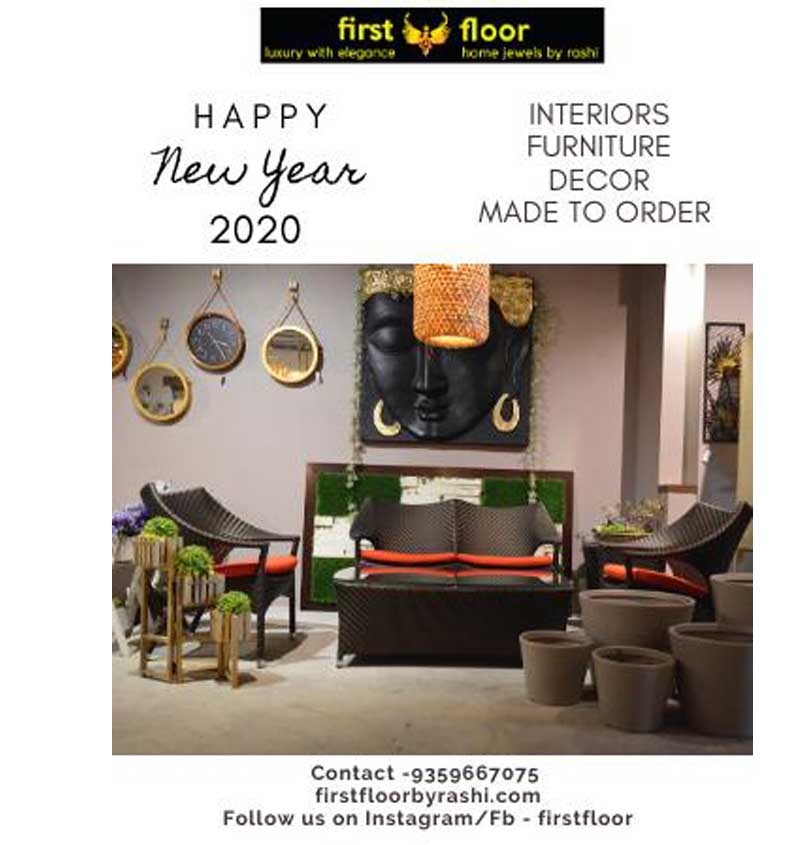Fashion as Self-Expression
Before it’s about trends or labels, fashion is deeply personal. What we choose to wear each day—whether consciously or unconsciously—reflects our mood, values, and personality. A sharply tailored suit can signal confidence and professionalism. A vibrant scarf might reveal cultural roots. A vintage band tee could tell a story of nostalgia or rebellion.
Unlike spoken language, fashion communicates without words. It's a way to say “this is me” before you even speak.
A Mirror to Society
Throughout history, fashion has mirrored the political and social climate of its time. The flapper dresses of the 1920s symbolized women's liberation. The countercultural looks of the 1960s reflected resistance to the status quo. Punk fashion in the 1970s was loud, anarchic, and defiantly nonconformist.
Even today, fashion continues to respond to global events. In the wake of social justice movements, designers and consumers alike are embracing themes of empowerment, inclusion, and identity. Clothing is becoming less about fitting in—and more about standing up.
Cultural Identity and Heritage
Fashion is also a vessel for preserving and celebrating cultural heritage. From the intricate patterns of African kente cloth to the delicate embroidery of South Asian saris, traditional garments tell stories of community, craftsmanship, and history. As global fashion becomes more inclusive, there’s a growing appreciation for diverse styles that once existed only on the margins.
In a world that can often feel homogenized, fashion offers a way to stay rooted in one's identity while engaging with others across cultures.
The Business of Influence
There’s no denying that fashion is a massive industry—one that influences media, art, music, and even politics. Celebrities, influencers, and brands have the power to shape how we think about beauty, gender, and success. What someone wears on the red carpet can spark conversations about representation, cultural appropriation, or sustainability.
The rise of social media has further amplified fashion's reach, democratizing style and making room for more voices. No longer is fashion dictated solely by luxury houses; today, trends can emerge from TikTok creators, local streetwear scenes, or independent designers.
Looking Ahead: A Tool for Change
The future of fashion is not just about what's "in" next season—it's about redefining values. Consumers are demanding more transparency, sustainability, and ethical practices. Designers are rethinking size, gender, and age norms. And many are using fashion as a platform for activism, storytelling, and inclusion.
In this new era, the most powerful look isn’t the trendiest—it’s the most authentic.
Conclusion: Fashion as Freedom
At its best, fashion is more than clothing—it’s creativity in motion, history in fabric, identity in color and cut. It can be playful or political, traditional or revolutionary. But above all, it’s powerful.
In going beyond the trends, we begin to see what fashion really is: a reflection of humanity itself.



















Your Message